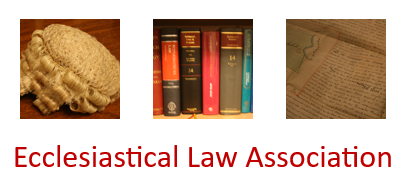The petitioners wished to remove the front four rows of pews from the nave of the Grade II* church, in order to provide a more flexible space, particularly for services and events involving children. It was also proposed to replace the pews with upholstered chairs. The Diocesan Advisory Committee did not recommend the upholstered chairs, and Historic England and the Georgian Group held similar views. The Chancellor was satisfied that a case had been made out for the removal of the front four rows of pews, but refused to approve replacement chairs with upholstered backs, which, in the red colour proposed, would create an adverse visual impact in front of the remaining pews.

